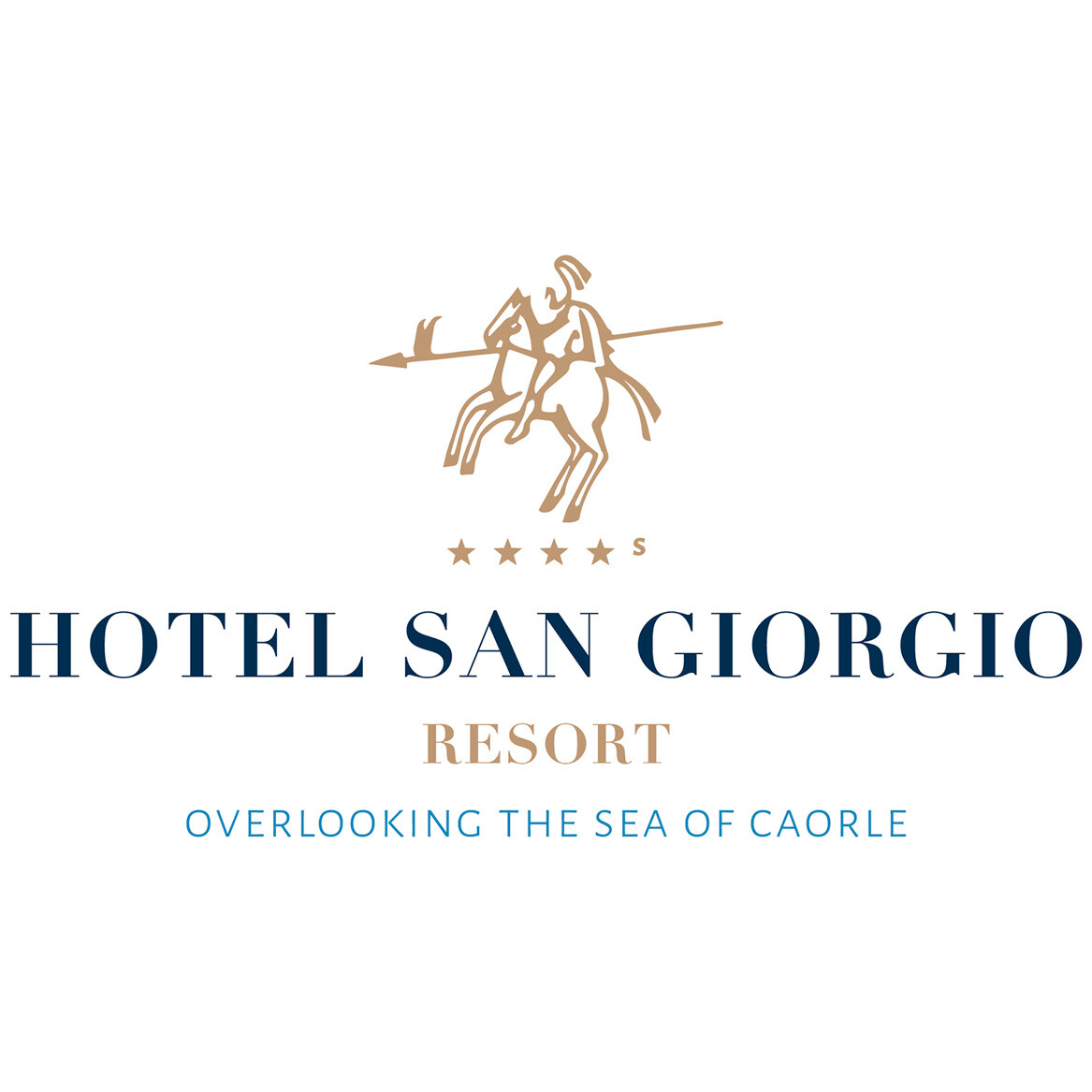treviso
Treviso is the capital of Treviso province and is the home of the headquarters of designer clothing company Benetton, major appliance maker DeLonghi and sports eyewear maker Rudy Project.
For some scholars, the ancient city of Tarvisium derived its name from a settlement of the Celtic tribe of the Taurusci. Others have attributed the name instead to the Indo European root tarvos, meaning "bull".
Tarvisium, then a city of the Veneti, became a municipium in 89 BC after the Romans added Cisalpine Gaul to their dominions. Citizens were ascribed to the Roman tribe of Claudia.
Treviso lay in the path of barbarians invading Italy. Treviso went through a demographic and economic decline similar to the rest of Italy after the fall of the Western Empire; however, it was spared by Attila the Hun, and thus, remained an important center during the 6th century.
People from the city also played a role in the founding of Venice.
After a Scaliger domination in 13291339, the city gave itself to the Republic of Venice, becoming the first notable mainland possession of the Serenissima.
 It's important to name:
It's important to name:
- Piazza dei Signori (Lords' Square), with the Palazzo di Podest (later 15th century). - The Loggia dei Cavalieri, an example of Treviso's Romanesque influenced by Byzantine forms. It was built under the podest Andrea da Perugia (1276) as a place for meetings, talks and games, although reserved only to the higher classes.
- Church of San Nicol, a mix of 13th century Venetian Romanesque and French Gothic elements. The interior has a nave and two aisles, with five apsed chapels. It houses important frescoes by Tommaso da Modena, depicting St. Romuald, St. Agnes and the Redemptor and St. Jerome in His Study. Also the Glorious Mysteries of Santo Peranda can be seen. Noteworthy is also the fresco of St. Christopher in the eastern area of the church, which is the most ancient depiction of glass in Europe.
- The Duomo (Cathedral), dedicated to St. Peter. It was once a small church built in the Late Roman era, to which later were added a crypt and the Chapels of the Santissimo and the Malchiostro (1520). After the numerous later restorations, only the gate remains of the originary Roman edifice. The interior houses works by Il Pordenone and Titian among the others. The edifice has seven domes, five over the nave and two closing the chapels.

For some scholars, the ancient city of Tarvisium derived its name from a settlement of the Celtic tribe of the Taurusci. Others have attributed the name instead to the Indo European root tarvos, meaning "bull".
Tarvisium, then a city of the Veneti, became a municipium in 89 BC after the Romans added Cisalpine Gaul to their dominions. Citizens were ascribed to the Roman tribe of Claudia.
Treviso lay in the path of barbarians invading Italy. Treviso went through a demographic and economic decline similar to the rest of Italy after the fall of the Western Empire; however, it was spared by Attila the Hun, and thus, remained an important center during the 6th century.
People from the city also played a role in the founding of Venice.
After a Scaliger domination in 13291339, the city gave itself to the Republic of Venice, becoming the first notable mainland possession of the Serenissima.
 It's important to name:
It's important to name:- Piazza dei Signori (Lords' Square), with the Palazzo di Podest (later 15th century). - The Loggia dei Cavalieri, an example of Treviso's Romanesque influenced by Byzantine forms. It was built under the podest Andrea da Perugia (1276) as a place for meetings, talks and games, although reserved only to the higher classes.
- Church of San Nicol, a mix of 13th century Venetian Romanesque and French Gothic elements. The interior has a nave and two aisles, with five apsed chapels. It houses important frescoes by Tommaso da Modena, depicting St. Romuald, St. Agnes and the Redemptor and St. Jerome in His Study. Also the Glorious Mysteries of Santo Peranda can be seen. Noteworthy is also the fresco of St. Christopher in the eastern area of the church, which is the most ancient depiction of glass in Europe.
- The Duomo (Cathedral), dedicated to St. Peter. It was once a small church built in the Late Roman era, to which later were added a crypt and the Chapels of the Santissimo and the Malchiostro (1520). After the numerous later restorations, only the gate remains of the originary Roman edifice. The interior houses works by Il Pordenone and Titian among the others. The edifice has seven domes, five over the nave and two closing the chapels.

Back






